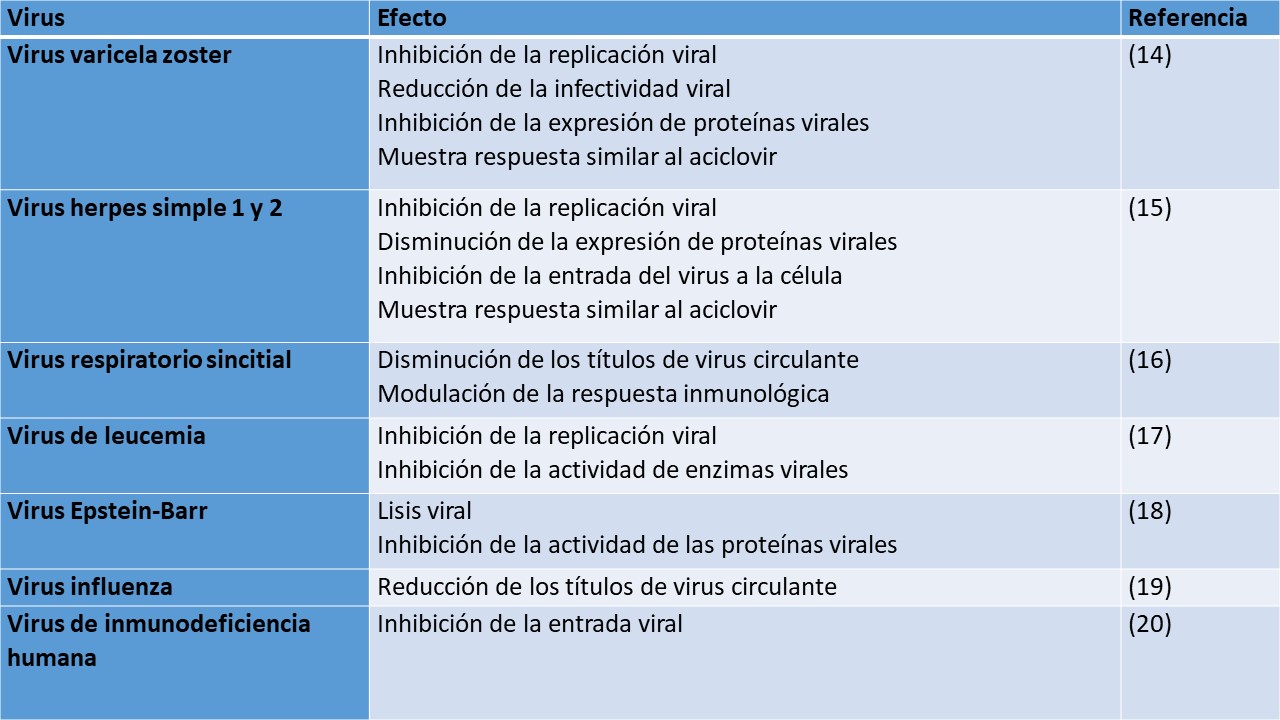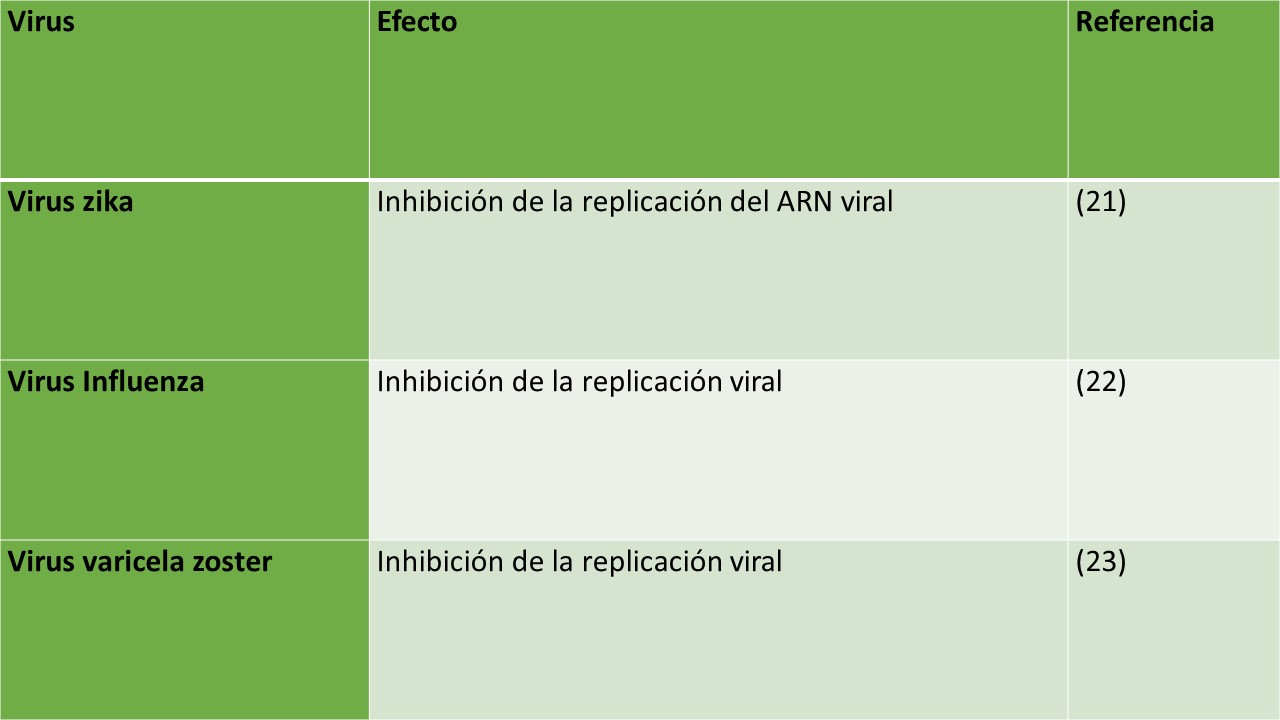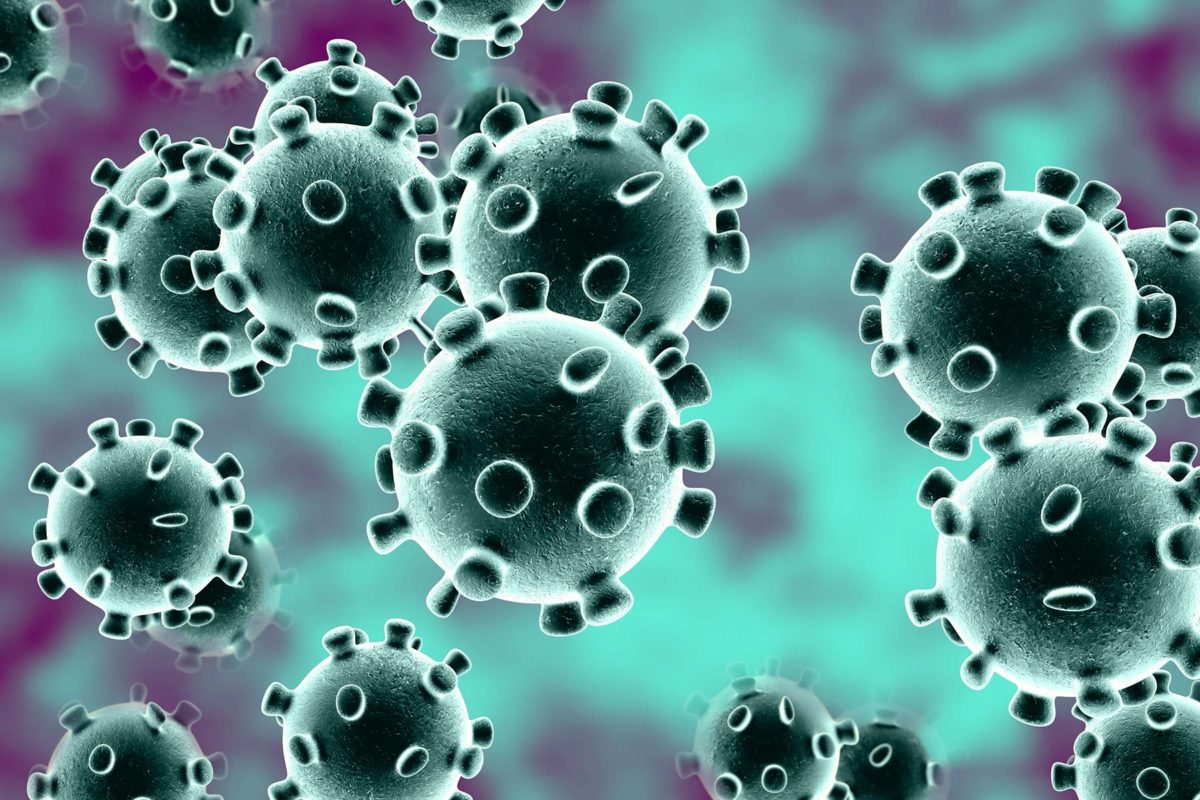Desde su descubrimiento los virus han sido objeto de controversia. Incluso su origen no es claro y se debate entre tres teorías: reliquias de la vida pre-celular, “parásitos” intracelulares o genes que escaparon de células y se unieron con unidades funcionales (1). Si bien los virus han sido conocidos por su capacidad para generar enfermedades como el síndrome de inmunodeficiencia humana, síndrome respiratorio agudo grave (SARS) o la hepatitis, es claro que son fuente de diversidad genética y han permitido los procesos evolutivos de casi todos los seres vivos (2).
A pesar de los avances de la ciencia, muchas de las enfermedades generadas por los virus no tienen tratamiento o este no es curativo. Por eso de forma continua se buscan tratamientos curativos o que impacten la evolución de la enfermedad (3) y más ahora en época de esta pandemia debida al COVID-19.
Los productos de la colmena han mostrado efectos interesantes e importantes para varias infecciones virales a continuación, se revisarán sus mecanismos de acción y aplicaciones.
Veneno de abejas
Sobre distintos virus se ha documentado su capacidad para controlar el paso del virus al ambiente intracelular, disminuir su replicación y limitar el número de células infectadas (4). Pueden apreciarse efectos del veneno de abejas sobre diferentes virus:

Propóleo
El propóleo ha sido evaluado sobre algunos tipos de virus mostrando efectos antivirales relevantes:

Miel de abejas
La miel de abejas posee efectos antivirales:

Jalea real
Se ha evaluado el efecto de la jalea real contra el virus herpes simple. La jalea real inhibe la replicación viral y reduce la expresión de proteínas virales (24).
Puede apreciarse que los mecanismos son diversos lo cual abre la posibilidad de emplear los productos de la colmena en una gran cantidad de infecciones virales. La experiencia clínica ha mostrado que en la mayoría de las infecciones virales se logra la reducción de la carga viral, la intensidad sintomática, calidad de vida y facilita su curación.
Referencias bibliográficas
1. Koonin E V., Senkevich TG, Dolja V V. The ancient virus world and evolution of cells. Biol Direct. 2006;
2. Katsura Y, Asai S. Evolutionary Medicine of Retroviruses in the Human Genome. Am J Med Sci [Internet]. 2019 Dec;358(6):384–8. Available from: https://linkinghub.elsevier.com/retrieve/pii/S0002962919303453
3. Carrasco-Hernandez R, Jácome R, López Vidal Y, Ponce de León S. Are RNA Viruses Candidate Agents for the Next Global Pandemic? A Review. ILAR J [Internet]. 2017 Dec 15;58(3):343–58. Available from: https://academic.oup.com/ilarjournal/article/58/3/343/4107390
4. Wehbe R, Frangieh J, Rima M, El Obeid D, Sabatier J-M, Fajloun Z. Bee Venom: Overview of Main Compounds and Bioactivities for Therapeutic Interests. Molecules [Internet]. 2019 Aug 19;24(16):2997. Available from: https://www.mdpi.com/1420-3049/24/16/2997
5. Albiol Matanic VC, Castilla V. Antiviral activity of antimicrobial cationic peptides against Junin virus and herpes simplex virus. Int J Antimicrob Agents [Internet]. 2004 Apr;23(4):382–9. Available from: https://linkinghub.elsevier.com/retrieve/pii/S0924857903004151
6. Baghian A, Kousoulas KG. Role of the Na+,K+ Pump in Herpes Simplex Type 1-Induced Cell Fusion: Melittin Causes Specific Reversion of Syncytial Mutants with the Syn1 Mutation to Syn+ (Wild-Type) Phenotype. Virology [Internet]. 1993 Oct;196(2):548–56. Available from: https://linkinghub.elsevier.com/retrieve/pii/S0042682283715102
7. Yasin B, Pang M, Turner JS, Cho Y, Dinh N-N, Waring AJ, et al. Evaluation of the Inactivation of Infectious Herpes Simplex Virus by Host-Defense Peptides. Eur J Clin Microbiol Infect Dis [Internet]. 2000 Apr 3;19(3):187–94. Available from: http://link.springer.com/10.1007/s100960050457
8. Uddin MB, Lee B-H, Nikapitiya C, Kim J-H, Kim T-H, Lee H-C, et al. Inhibitory effects of bee venom and its components against viruses in vitro and in vivo. J Microbiol [Internet]. 2016 Dec 26;54(12):853–66. Available from: http://link.springer.com/10.1007/s12275-016-6376-1
9. Esser AF, Bartholomew RM, Jensen FC, Muller-Eberhard HJ. Disassembly of viral membranes by complement independent of channel formation. Proc Natl Acad Sci [Internet]. 1979 Nov 1;76(11):5843–7. Available from: http://www.pnas.org/cgi/doi/10.1073/pnas.76.11.5843
10. Boone LR, Skalka A. Two species of full-length cDNA are synthesized in high yield by melittin-treated avian retrovirus particles. Proc Natl Acad Sci [Internet]. 1980 Feb 1;77(2):847–51. Available from: http://www.pnas.org/cgi/doi/10.1073/pnas.77.2.847
11. Brack-Werner R, Erfle V, von Pechmann N, Neumann M, Winder D, Kleinschmidt A, et al. Antimicrobial peptides melittin and cecropin inhibit replication of human immunodeficiency virus 1 by suppressing viral gene expression. J Gen Virol [Internet]. 1998 Apr 1;79(4):731–40. Available from: https://www.microbiologyresearch.org/content/journal/jgv/10.1099/0022-1317-79-4-731
12. Hood JL, Jallouk AP, Campbell N, Ratner L, Wickline SA. Cytolytic nanoparticles attenuate HIV-1 infectivity. Antivir Ther [Internet]. 2012;18(1):95–103. Available from: http://www.intmedpress.com/journals/avt/abstract.cfm?id=2346&pid=48
13. Uzair B, Bushra R, Khan BA, Zareen S, Fasim F. Potential Uses of Venom Proteins in Treatment of HIV. Protein Pept Lett [Internet]. 2018 Sep 6;25(7):619–25. Available from: http://www.eurekaselect.com/163312/article
14. Labská K, Plodková H, Pumannová M, Sensch KH. Antiviral activity of propolis special extract GH 2002 against Varicella zoster virus in vitro. Pharmazie [Internet]. 2018;73(12):733–6. Available from: http://www.ncbi.nlm.nih.gov/pubmed/30522559
15. Altındiş M, Aslan FG, Uzuner H, Ünal H, Köroğlu M, Kulaç S, et al. [Comparison of Antiviral Effect of Olive Leaf Extract and Propolis with Acyclovir on Herpes Simplex Virus Type 1]. Mikrobiyol Bul [Internet]. 2020 Jan;54(1):79–94. Available from: http://www.ncbi.nlm.nih.gov/pubmed/32050880
16. Takeshita T, Watanabe W, Toyama S, Hayashi Y, Honda S, Sakamoto S, et al. Effect of Brazilian Propolis on Exacerbation of Respiratory Syncytial Virus Infection in Mice Exposed to Tetrabromobisphenol A, a Brominated Flame Retardant. Evidence-Based Complement Altern Med [Internet]. 2013;2013:1–9. Available from: http://www.hindawi.com/journals/ecam/2013/698206/
17. Díaz-Carballo D, K.Ueberla, Kleff V, Ergun S, Malak S, M.Freistuehler, et al. Antiretroviral activity of two polyisoprenylated acylphloroglucinols, 7-epi-nemorosone and plukenetione A, isolated from Caribbean propolis. Int J Clin Pharmacol Ther [Internet]. 2010 Oct 1;48(10):670–7. Available from: http://www.dustri.com/article_response_page.html?artId=7936&doi=10.5414/CPP48670&L=0
18. Chang F-R, Hsieh Y-C, Chang Y-F, Lee K-H, Wu Y-C, Chang L-K. Inhibition of the Epstein–Barr virus lytic cycle by moronic acid. Antiviral Res [Internet]. 2010 Mar;85(3):490–5. Available from: https://linkinghub.elsevier.com/retrieve/pii/S0166354209005415
19. Shimizu T, Hino A, Tsutsumi A, Park YK, Watanabe W, Kurokawa M. Anti-Influenza Virus Activity of Propolis in Vitro and its Efficacy against Influenza Infection in Mice. Antivir Chem Chemother [Internet]. 2008 Feb;19(1):7–13. Available from: http://journals.sagepub.com/doi/10.1177/095632020801900102
20. Gekker G, Hu S, Spivak M, Lokensgard JR, Peterson PK. Anti-HIV-1 activity of propolis in CD4+ lymphocyte and microglial cell cultures. J Ethnopharmacol [Internet]. 2005 Nov;102(2):158–63. Available from: https://linkinghub.elsevier.com/retrieve/pii/S0378874105003740
21. Lee J Le, Loe MWC, Lee RCH, Chu JJH. Antiviral activity of pinocembrin against Zika virus replication. Antiviral Res [Internet]. 2019 Jul;167:13–24. Available from: https://linkinghub.elsevier.com/retrieve/pii/S0166354218306016
22. Watanabe K, Rahmasari R, Matsunaga A, Haruyama T, Kobayashi N. Anti-influenza Viral Effects of Honey In Vitro: Potent High Activity of Manuka Honey. Arch Med Res [Internet]. 2014 Jul;45(5):359–65. Available from: https://linkinghub.elsevier.com/retrieve/pii/S0188440914001106
23. Shahzad A, Cohrs RJ. In vitro antiviral activity of honey against varicella zoster virus (VZV): A translational medicine study for potential remedy for shingles. Transl Biomed [Internet]. 2012;3(2). Available from: http://imed.pub/ojs/index.php/iam/index
24. Hashemipour MA, Tavakolineghad Z, Arabzadeh SAM, Iranmanesh Z, Nassab SAHG. Antiviral Activities of Honey, Royal Jelly, and Acyclovir Against HSV-1. Wounds a Compend Clin Res Pract [Internet]. 2014 Feb;26(2):47–54. Available from: http://www.ncbi.nlm.nih.gov/pubmed/25860226

 English
English